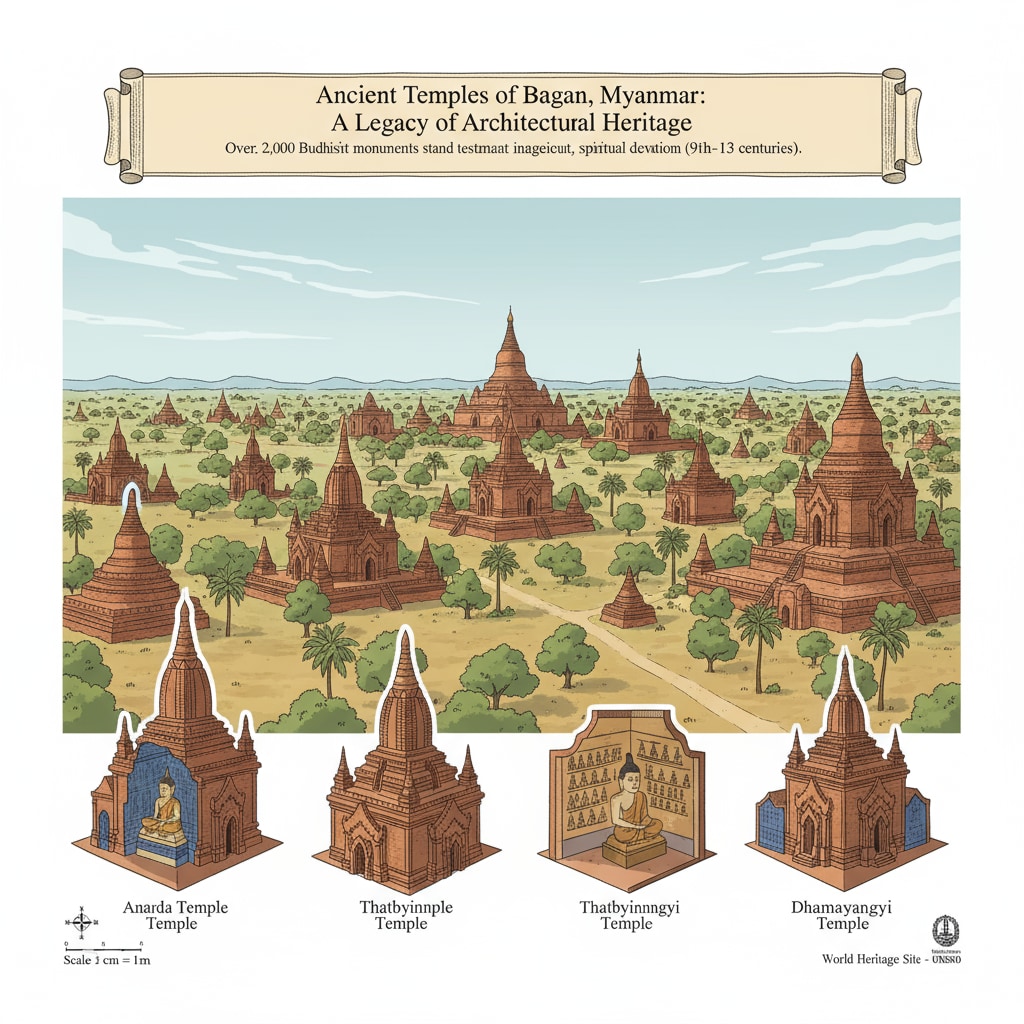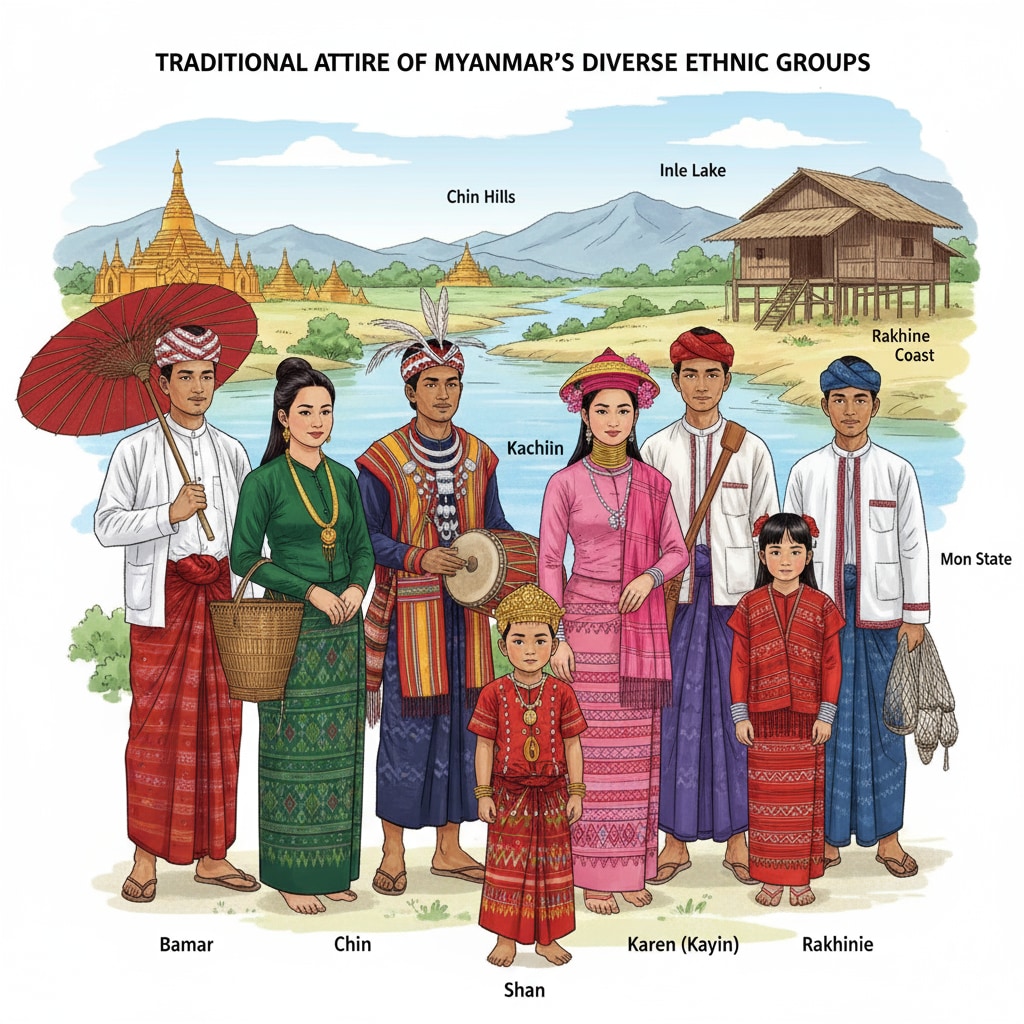Myanmar, with its unique cultural heritage, often struggles to gain the international attention it deserves. In the realm of K12 education, where a global perspective is increasingly emphasized, Myanmar and its rich cultural tapestry are frequently marginalized. This article aims to explore the reasons behind this phenomenon and suggest strategies to incorporate diverse cultures like Myanmar’s into a more inclusive global education framework.

The Lack of Visibility in K12 Global Education
In K12 education around the world, the curriculum often focuses on major Western cultures and a select few prominent Asian and African civilizations. Myanmar, despite having a long and fascinating history, is rarely given due consideration. For example, textbooks and teaching materials rarely include in – depth discussions about Myanmar’s unique art forms, traditional music, or its complex social structure. As a result, students are missing out on a valuable opportunity to learn about a culture that has much to offer in terms of history, values, and traditions.
Reasons for Myanmar’s Neglect
One of the main reasons is the lack of promotion. Compared to countries with aggressive cultural diplomacy, Myanmar has not been as effective in marketing its cultural heritage globally. Additionally, language barriers play a significant role. The Burmese language is not as widely spoken or taught as languages like English, Chinese, or Spanish. This makes it difficult for international educators and students to access information about Myanmar’s culture. Moreover, Myanmar’s relatively limited economic influence on the global stage also contributes to its being overlooked. In a world where economic power often correlates with cultural visibility, Myanmar has a long way to go to make its mark.

Another factor is the lack of international media coverage. The media tends to focus on issues that are more sensational or have a direct impact on major global powers. Myanmar’s day – to – day cultural and educational developments are thus left in the shadows. This lack of media exposure further exacerbates its invisibility in the international arena.
In order to rectify this situation, it is essential to develop strategies to incorporate Myanmar’s cultural heritage into K12 global education. This can include developing bilingual educational resources, promoting cultural exchange programs between Myanmar and other countries, and encouraging international educators to include Myanmar in their curriculum design. By doing so, we can help students develop a more comprehensive and inclusive global perspective.
Readability guidance: This article uses short paragraphs to make the content more accessible. Key points are presented clearly, and transitions like “for example”, “moreover”, and “as a result” are used to enhance the flow. The focus is on explaining the reasons for Myanmar’s neglect and suggesting solutions to improve its visibility in international education.


